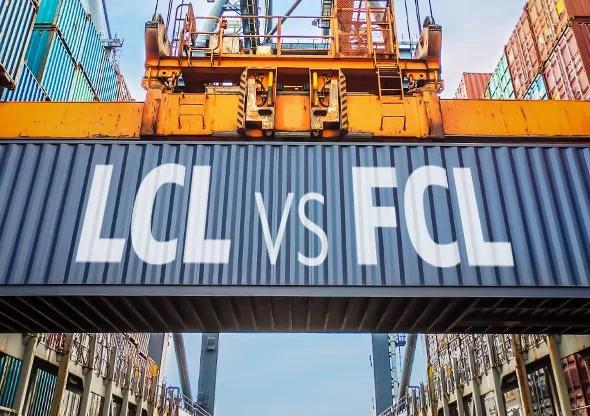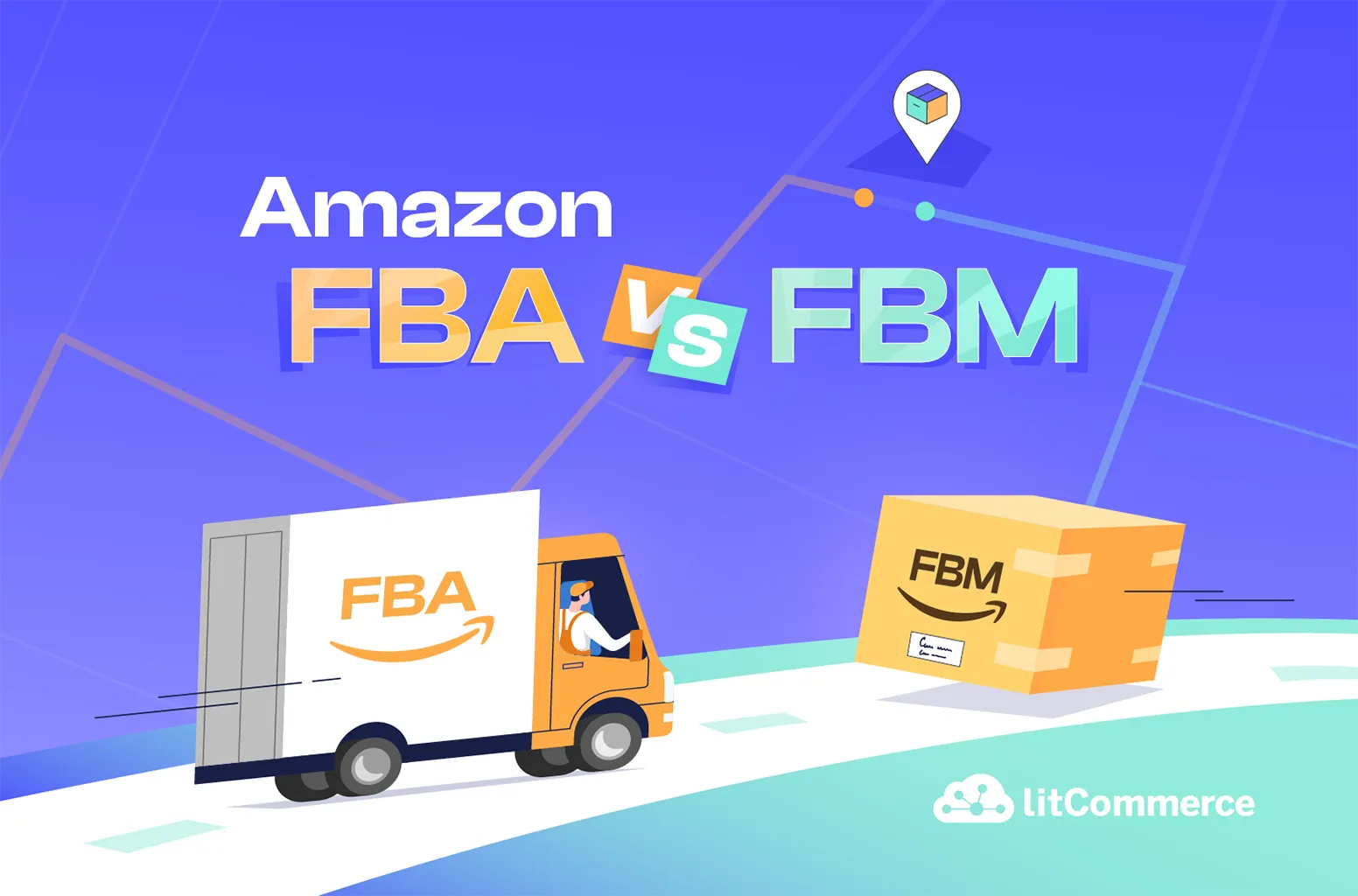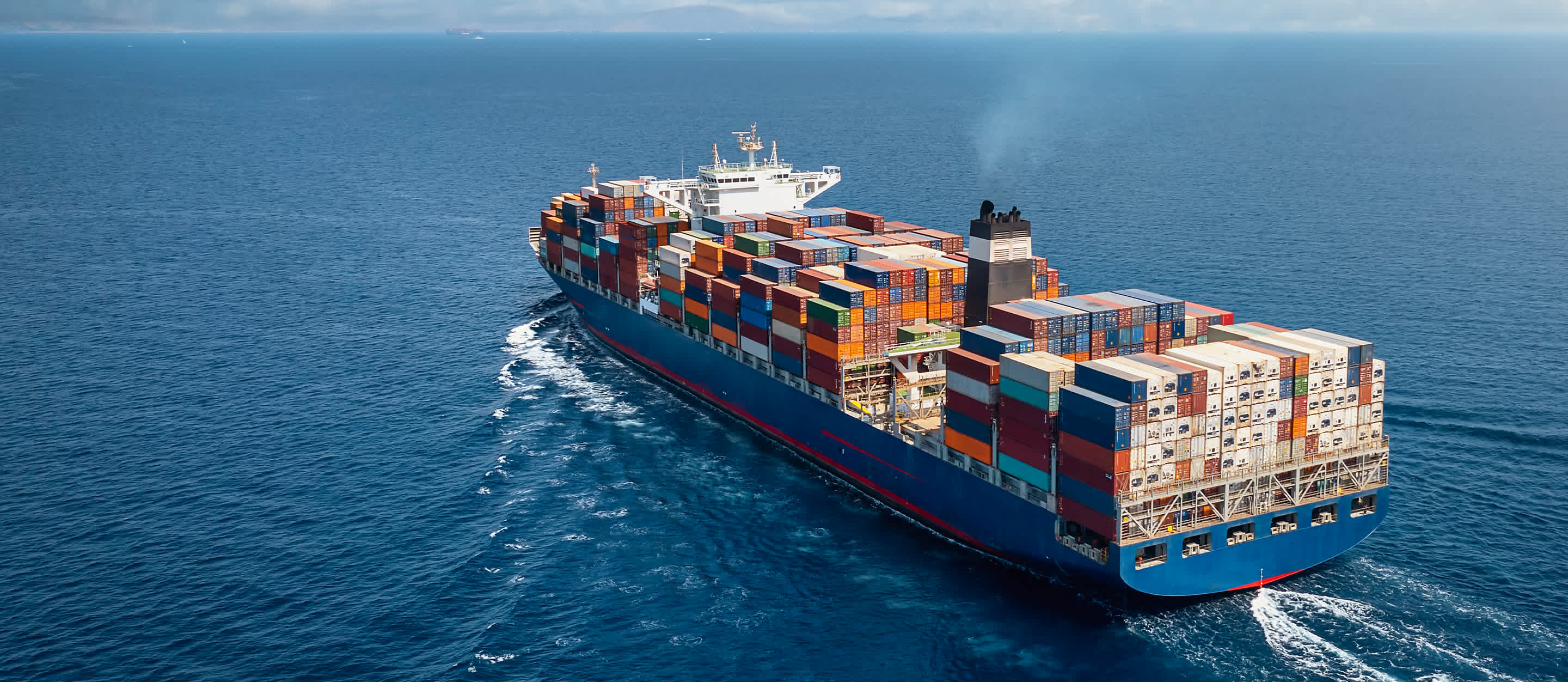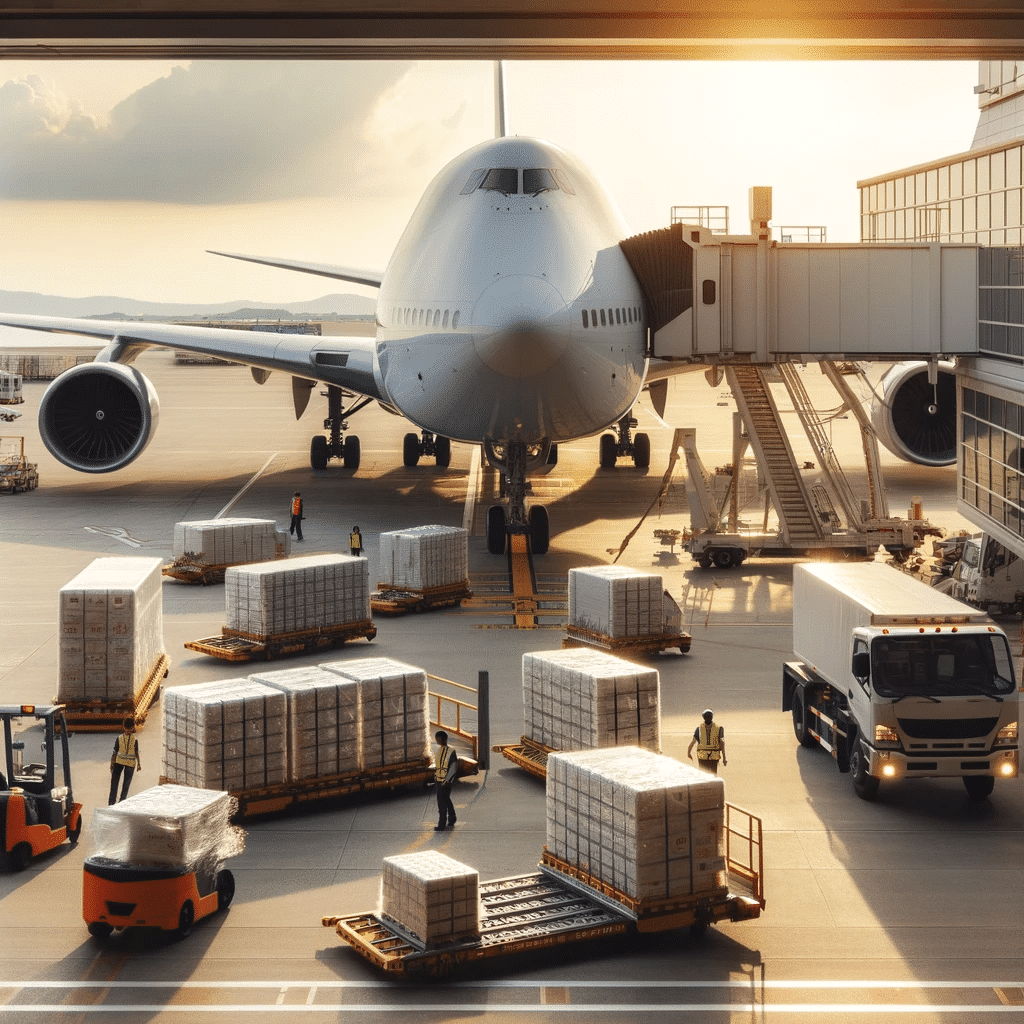FCL vs. LCL in Sea Freight: Which is Right for You?
Sea freight plays a critical role in global trade, accounting for an estimated 70% of international cargo transportation. While ocean freight rates soared during the COVID-19 pandemic, shipping by sea remains a preferred choice due to its cost-effectiveness and efficiency for long-distance transport. Among the different sea freight methods, container shipping is the most widely used, with two key options: FCL (Full Container Load) and LCL (Less than Container Load). Understanding the differences between these two can help you make an informed decision to optimize your shipping process.

1. What is FCL?
FCL (Full Container Load) refers to when a shipper rents an entire container for their exclusive use. This means no sharing with other shippers, ensuring the cargo occupies the full container.
In FCL shipments, the shipper is responsible for loading, securing, and ensuring the container is prepared for shipment. Since the cargo is sealed and only handled by the shipper and consignee, FCL shipments are typically faster and have fewer risks of damage or loss.
The cost of FCL is determined by the number of containers used. Common container sizes for FCL shipments include:
- 20GP: 28CBM/18,000 kg
- 40GP: 58CBM/26,000 kg
- 40HQ: 68CBM/26,000 kg
- 45HQ: 86CBM/29,000 kg
(CBM = Cubic Meters)
2. What is LCL?
LCL (Less than Container Load) applies when a shipper's cargo doesn’t fill an entire container. In this case, goods from multiple shippers are consolidated into one container. Shippers only pay for the space their goods occupy.
While LCL can be more affordable for smaller shipments, it comes with additional handling steps, such as multiple transfers at Container Freight Stations (CFS) for consolidation and de-consolidation. These extra steps often result in longer transit times and a higher chance of delays.
3. FCL or LCL?
The decision between FCL and LCL depends on several factors, including:
3.1 Shipment Volume
- FCL is ideal for larger shipments that can fill up a container (or nearly fill one). For example:
- 6 CBM: LCL is more cost-effective.
- 60 CBM: FCL is more economical.
- 35 CBM: A combination of FCL for part of the shipment and LCL for the rest could be considered.
When shipments are too small to justify the cost of a full container, LCL offers a more economical choice, as the shipper only pays for the space used.
3.2 Transit Time
- FCL generally offers faster transit times since the cargo remains undisturbed in a dedicated container, without the need for multiple transfers.
- LCL shipments, on the other hand, face delays due to the need for consolidation and de-consolidation at various ports. Additionally, the container may undergo customs inspections, further increasing the likelihood of delays.
3.3 Specific Requirements of Certain Goods
For goods that are delicate, valuable, or require special handling (e.g., fragile items or live cargo), FCL is often the better option. FCL minimizes handling and ensures the cargo remains in the same container throughout the journey, reducing exposure to risks such as damage or theft.
4. Conclusion
Choosing between FCL and LCL requires balancing cost with speed, risk, and shipment size. For large shipments, FCL offers speed and security but at a higher cost. For smaller shipments, LCL can provide significant savings but with longer transit times and increased handling.
In summary:
- FCL is best for large shipments, faster transit times, and more security.
- LCL works well for smaller, cost-sensitive shipments but may involve more time and handling.
If you are uncertain about the best option for your needs, consider working with a freight forwarder, who can guide you through the decision-making process based on your specific requirements and optimize your shipping strategy.









